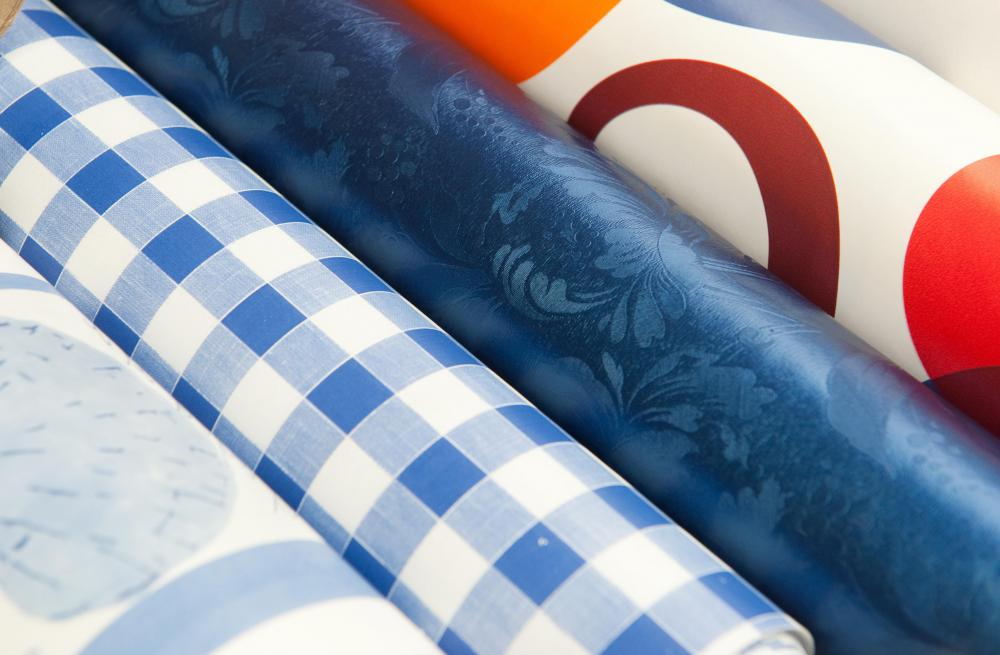At WiseGEEK, we're committed to delivering accurate, trustworthy information. Our expert-authored content is rigorously fact-checked and sourced from credible authorities. Discover how we uphold the highest standards in providing you with reliable knowledge.
How Do I Choose the Best Pastel Paper?
The best pastel paper has some tooth, or grain, to it that can grab and hold the medium, which does not stick to a slick surface easily. It should be acid-free or archival quality to preserve your artwork. Colored papers enhance the hues of pastels and can replace a wash. Preserving your artwork can be done with fixative or by protecting it with glass. Pastel paper can be expensive, and some artists use grocery bags or wrapping paper for sketches and studies to save money.
Tooth means the coarseness of the paper, which comes in different grades from a fairly smooth surface to some nearly resembling sandpaper. The deeper the tooth, the more layers may be built upon it before it gets full. Experimenting with different kinds is the best way to find a pastel paper that suits your style and technique.

Whatever pastel paper you choose, it should be acid-free to prevent decay and yellowing of your artwork. Newsprint is good for sketching and drawing, but it does not hold up over time. Poster board is also not meant for longevity. Look for papers and boards that say archival or museum quality on the labels. Starting with good material is better than losing a painting later due to degradation of the material.
Colored pastel paper comes in nearly all shades. Warmer colors enhance the richness of pastel shades and cool colors give a more subdued look to the painting. Since pastels don't often cover the surface completely, bits of the paper may show through the painting. Some artists don’t like to use bright white paper for this reason. Using colored pastel paper eliminates the need for a wash or underpainting technique before beginning your work.
Soft or hard pastel paintings done on most pastel paper can be fixed with cheap hairspray or a commercial fixative. Be sure to spray lightly so the paper doesn’t become soaked or the colors darken too much, and don’t use fixative around open flames. Preserving an unfixed pastel painting behind glass is the best way to keep it from smudging or becoming soiled.
Although good pastel paper can be expensive, it is often worth the cost for works you intend to keep for a long time. Many artists use grocery bags or heavy wrapping paper for sketches or studies when money is tight. Moderately priced spiral or tape bound pads come in different colors, some with protective sheets in between to prevent smudges. Art shops may have sales on materials from time to time, or alternatives like watercolor paper or Bristol board can work in a pinch.
AS FEATURED ON:
AS FEATURED ON:











Discuss this Article
Post your comments